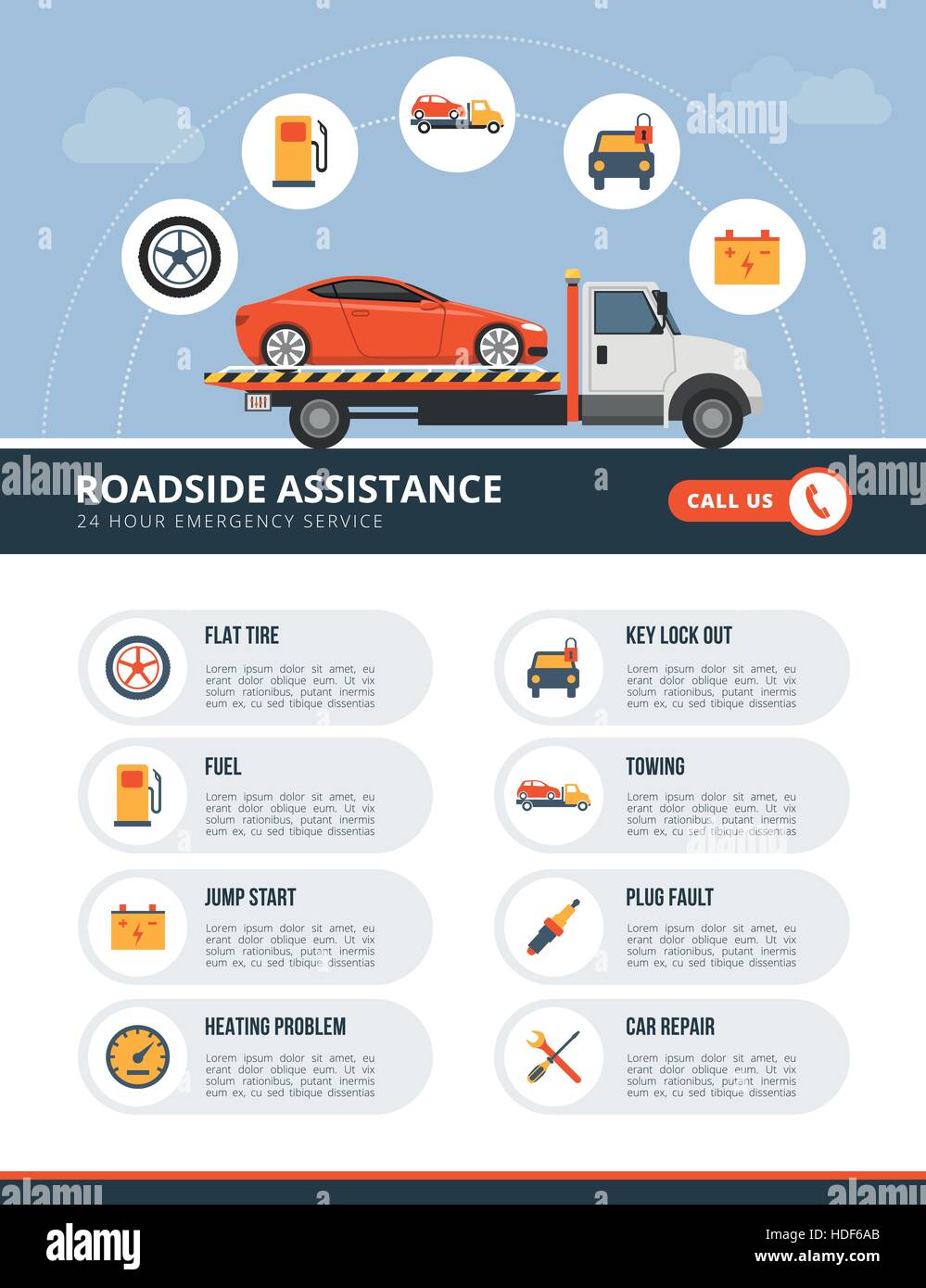Understanding The Value Of Your Car'S Warning Signals: What They Actually Stand For
Understanding The Value Of Your Car'S Warning Signals: What They Actually Stand For
Blog Article
Short Article Created By-Lauritsen Winters
When you lag the wheel, those glowing caution lights on your dashboard can be a little bit puzzling. Do you recognize what they're trying to inform you regarding your auto's wellness? Understanding the importance of these lights is vital for your safety and security and the durability of your automobile. So, the following time among those lights pops up, would not you intend to decode its message properly and take the required actions to resolve it?
Common Warning Lights and Interpretations
Determine typical warning lights in your automobile and recognize their definitions to make certain safe driving.
The most normal caution lights consist of the check engine light, which signals problems with the engine or discharges system. If this light begins, it's essential to have your car checked without delay.
The oil pressure alerting light shows low oil stress, calling for immediate interest to avoid engine damage.
A blinking battery light may recommend a malfunctioning charging system, possibly leaving you stranded otherwise dealt with.
The tire stress tracking system (TPMS) light alerts you to reduced tire pressure, affecting lorry stability and gas performance. Neglecting this could result in dangerous driving conditions.
The abdominal light indicates an issue with the anti-lock stopping system, compromising your capacity to stop rapidly in emergencies.
Finally, the coolant temperature level alerting light warns of engine getting too hot, which can cause severe damages if not dealt with promptly.
Recognizing these usual caution lights will assist you resolve problems promptly and maintain safe driving conditions.
Relevance of Prompt Focus
Understanding the common warning lights in your cars and truck is just the primary step; the importance of promptly dealing with these cautions can't be emphasized sufficient to ensure your safety and security when traveling.
When a warning light illuminates on your control panel, it's your automobile's way of communicating a potential concern that needs focus. Ignoring these cautions can bring about much more serious troubles later on, jeopardizing your security and possibly costing you more out of commission.
Trigger attention to cautioning lights can protect against malfunctions and accidents. For https://www.thisisardee.ie/2022/07/20/automotive-repair-and-maintenance-services-market-is-booming-worldwide-firestone-complete-auto-care-christopher-auto-repair-discount-brake-auto-repair-goodyear-tire-rubber-sumitomo-c/ , a blinking check engine light can indicate a misfire that, if left unattended, might cause damages to the catalytic converter. Addressing this immediately can conserve you from a costly repair.
Likewise, a brake system cautioning light might signify reduced brake liquid or used brake pads, essential elements for your safety and security when driving.
DIY Troubleshooting Tips
If you see a caution light on your dashboard, there are a few DIY repairing tips you can attempt prior to seeking professional help.
The primary step is to consult your vehicle's handbook to comprehend what the specific warning light shows. In some cases the problem can be as easy as a loose gas cap setting off the check engine light. Tightening https://electric-brakes29406.snack-blog.com/31153848/exposing-the-leading-five-myths-surrounding-automobile-outlining might solve the issue.
An additional usual issue is a low battery, which can activate numerous cautioning lights. Checking the battery connections for deterioration and ensuring they're safe could deal with the issue.
If a warning light persists, you can attempt resetting it by separating the vehicle's battery for a few mins and then reconnecting it. Additionally, examining your vehicle's fluid degrees, such as oil, coolant, and brake fluid, can aid troubleshoot warning lights related to these systems.
Final thought
In conclusion, understanding your automobile's warning lights is important for maintaining your automobile running efficiently and securely. By promptly attending to these notifies and recognizing what they mean, you can stay clear of pricey repair services and prospective break downs.
Bear in mind to consult your car's handbook for specific details on each alerting light and act as necessary to guarantee a hassle-free driving experience.
Remain informed, stay secure when traveling!
